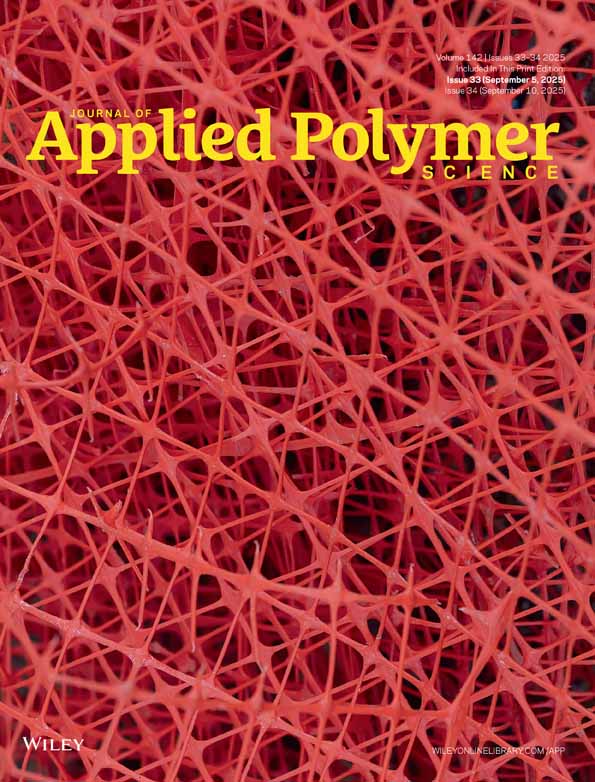Hypercrosslinked polystyrene microspheres with bimodal pore size distribution and controllable macroporosity
Abstract
A combination of suspension polymerization and postcrosslinking was used to prepare hypercrosslinked polystyrene (H-PS) microspheres with controllably bimodal pore size distribution in the presence of toluene and polypropylene (PP) as a coporogen. The proportion of PP in the coporogen was changed to investigate the influence of the coporogen composition on the pore structure of the H-PS microspheres. The addition of a small amount of PP achieved the aim of a clearly bimodal pore size distribution and the control of the macroporosity of the H-PS microspheres, which have potential application in the preparation of catalyst supports. The specific surface area of the H-PS microspheres could be adjusted in the range 380–790 m2/g by changes in the concentration of PP in the coporogen. Moreover, the H-PS microspheres displayed all the characteristics of Davankov-type resins by their ability to be swollen in both thermodynamically poor solvents such as water and good solvents such as toluene. Finally, the possible mechanism of porosity formation during polymerization and postcrosslinking was also examined by a combination of pore structure data and the appearance of the microspheres before and after postcrosslinking. © 2009 Wiley Periodicals, Inc. J Appl Polym Sci, 2010




